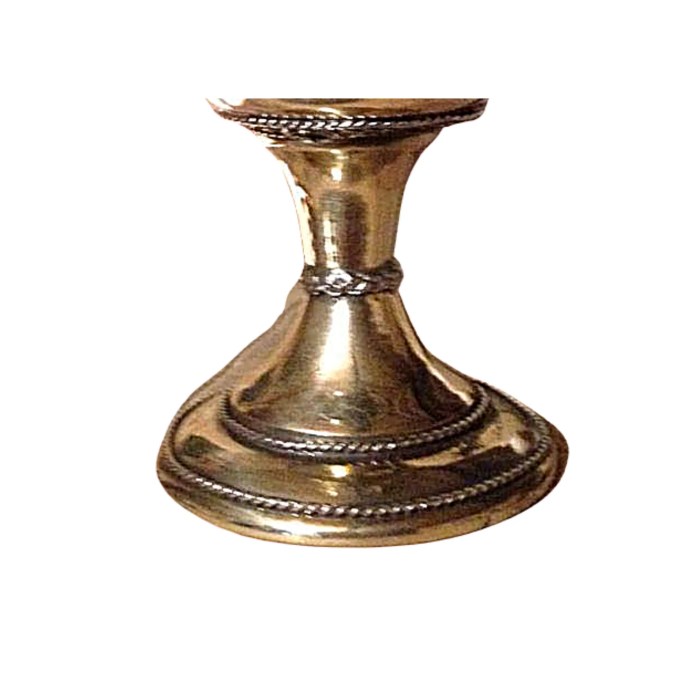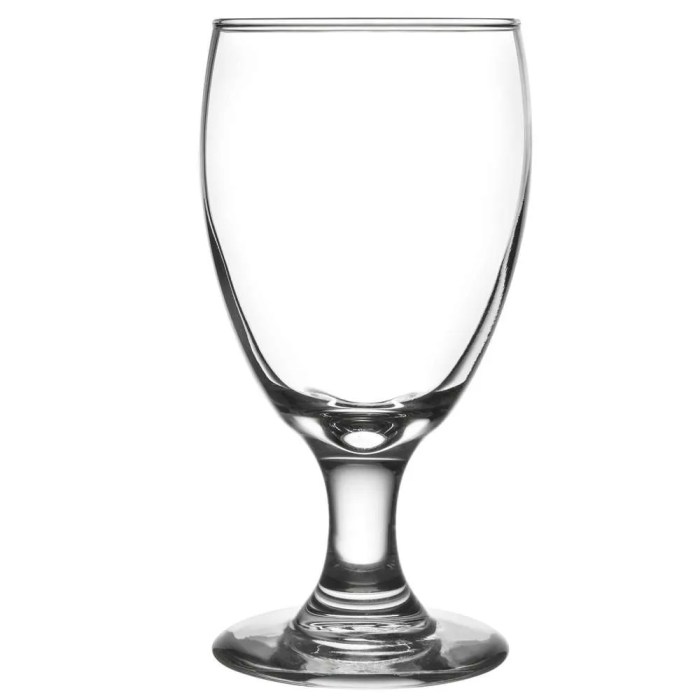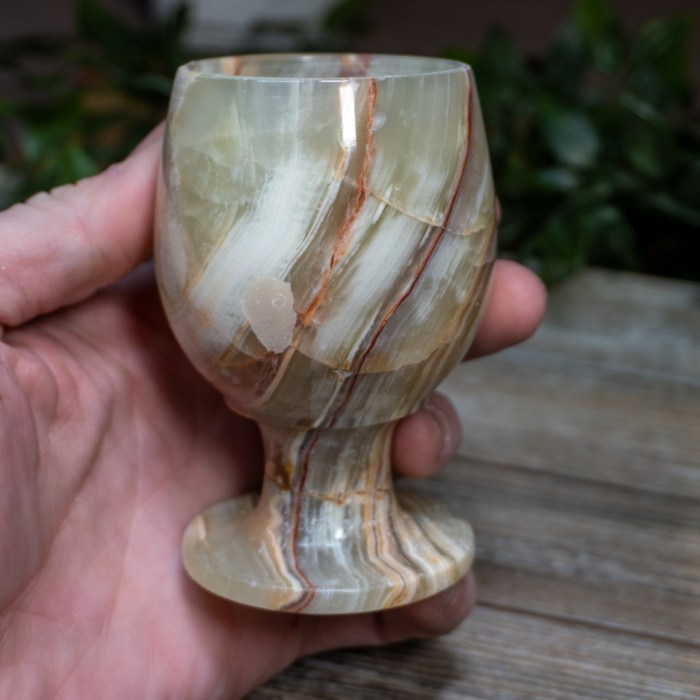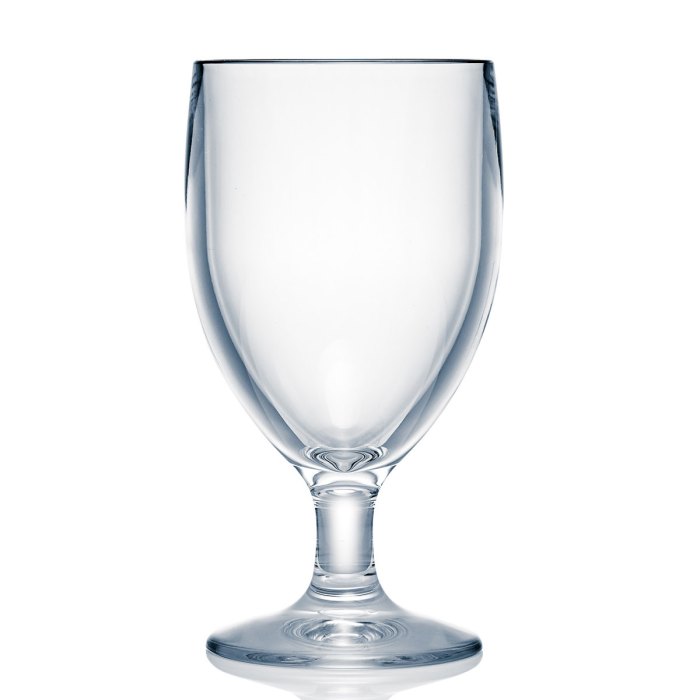A drinking goblet 7 letters – Embark on a captivating exploration of drinking goblets, vessels steeped in history and artistry. From ancient rituals to modern gatherings, these 7-letter wonders have played a pivotal role in human civilization, showcasing the exquisite craftsmanship and symbolic significance that have endured through the ages.
Our journey begins with the origins and evolution of drinking goblets, tracing their presence across diverse cultures and time periods. We delve into the myriad types of goblets, their unique shapes, sizes, and materials, revealing the artistry and functionality that have made them enduring objects of desire.
Etymology and Origin

The term “drinking goblet” finds its roots in the Old English word “cobbe,” which referred to a large cup or bowl. Over time, the term evolved to describe a specific type of cup with a wide mouth, a stem, and a base.
A drinking goblet, often referred to as a chalice, is a vessel used for consuming beverages. In the realm of knowledge, we can draw parallels between the chalice and a theory vs law venn diagram . Just as a chalice holds liquid, the diagram encapsulates the overlapping and distinct aspects of theories and laws, providing a visual representation of their relationship.
Returning to the chalice, its elegant design and intricate carvings may inspire contemplation on the beauty and complexity of both theoretical and legal frameworks.
The drinking goblet has been a staple of many cultures and civilizations throughout history.
Ancient Civilizations
- Ancient Egypt:The Egyptians were known for their elaborate drinking goblets made of gold, silver, and faience. These goblets were often decorated with intricate designs and hieroglyphics.
- Ancient Greece:The Greeks used drinking goblets called “kylix” for wine and other beverages. These goblets were typically made of ceramic or metal and were often decorated with scenes from mythology or everyday life.
- Ancient Rome:The Romans adopted the drinking goblet from the Greeks and called it “calix.” Roman goblets were often made of glass or metal and were used for both drinking and dining.
Types of Drinking Goblets
Drinking goblets, with their elegant forms and intricate designs, have been used for centuries to enhance the enjoyment of beverages. These vessels come in a wide variety of shapes, sizes, and materials, each with its own unique characteristics and purpose.
Shape and Size
The shape of a drinking goblet can significantly influence the way a beverage is experienced. Some common shapes include:
- Stemmed goblet:These goblets feature a raised stem that elevates the bowl, allowing the drinker to hold the goblet without warming the beverage.
- Stemless goblet:As the name suggests, these goblets do not have a stem, making them more casual and easier to hold.
- Chalice goblet:These goblets have a wide, shallow bowl with a flared rim, resembling a chalice used in religious ceremonies.
- Tankard:Tankards are cylindrical or conical goblets with a handle, typically made of metal or wood.
The size of a drinking goblet can also vary, ranging from small sipping cups to large goblets that can hold several ounces of liquid.
Materials
Drinking goblets are crafted from a variety of materials, each with its own advantages and disadvantages:
- Glass:Glass goblets are transparent and allow the drinker to see the color and clarity of the beverage. They are also relatively inexpensive and easy to clean.
- Crystal:Crystal goblets are made from high-quality glass and are known for their clarity, brilliance, and durability.
- Metal:Metal goblets, such as those made of pewter or silver, are durable and can be engraved with intricate designs. However, they can be more expensive than glass or crystal goblets.
- Ceramic:Ceramic goblets are made from fired clay and can be glazed in a variety of colors and patterns. They are often used for hot beverages, as they retain heat well.
- Wood:Wooden goblets are made from carved wood and are often used for rustic or medieval-themed events.
The choice of material for a drinking goblet depends on personal preference, the occasion, and the type of beverage being served.
Materials and Craftsmanship

Drinking goblets are crafted from a wide range of materials, each with its own unique properties and aesthetic appeal. The choice of material influences the goblet’s durability, weight, and overall appearance.
Glass
- Glass goblets are known for their transparency, allowing the user to admire the contents of the vessel.
- They are crafted from molten glass, which is blown or molded into shape.
- Glass goblets can be decorated with intricate patterns, colors, and engravings.
Metal
- Metal goblets, such as those made from silver, gold, or pewter, exude an air of elegance and luxury.
- They are often adorned with intricate designs, engravings, and gemstones.
- Metal goblets are durable and can withstand frequent use.
Ceramic, A drinking goblet 7 letters
- Ceramic goblets are made from clay that is fired at high temperatures, resulting in a hard and durable material.
- They come in a variety of colors, glazes, and textures.
- Ceramic goblets can be decorated with hand-painted designs or patterns.
Wood
- Wooden goblets are crafted from hardwoods, such as oak, maple, or walnut.
- They offer a rustic and natural aesthetic, and can be carved with intricate designs.
- Wooden goblets are lightweight and easy to handle.
The creation of drinking goblets requires skilled craftsmanship and attention to detail. Artisans use a variety of techniques, including glassblowing, metalworking, pottery, and woodworking, to shape and decorate these vessels. The resulting goblets are not only functional but also works of art, adding a touch of elegance and refinement to any occasion.
Symbolism and Significance

Drinking goblets have been imbued with symbolic meanings and cultural significance throughout history. They have played a prominent role in religious ceremonies, royal courts, and social gatherings, reflecting the cultural values and beliefs of the time.
Religious Ceremonies
In many cultures, goblets have been used as sacred vessels in religious rituals and ceremonies. For example, in Christian tradition, the chalice or goblet is used to hold the consecrated wine during Holy Communion, symbolizing the blood of Christ and the covenant between God and his people.
Royal Courts
Goblets have also been closely associated with royalty and power. In medieval Europe, goblets were often elaborately decorated with precious metals and gemstones, and they were used to signify the wealth and status of their owners. They were also used during royal banquets and celebrations, where they served as a symbol of the king’s authority and the lavishness of the court.
Social Gatherings
In addition to their religious and royal associations, goblets have also played a role in social gatherings. In ancient Greece, symposia or drinking parties were held where guests would drink wine from goblets and engage in philosophical discussions. Similarly, in medieval Europe, goblets were used during feasts and celebrations, where they symbolized friendship, camaraderie, and the joy of shared experiences.
Design and Aesthetics

Drinking goblets have always been more than just functional vessels; they are also works of art that reflect the artistic sensibilities of their time and place. Over the centuries, goblet design has been influenced by a wide range of art movements, cultural preferences, and personal styles, resulting in a diverse array of aesthetic qualities.
In ancient Greece, goblets were often decorated with scenes from mythology or nature, while in medieval Europe, they were often adorned with religious symbols or heraldic devices. During the Renaissance, goblets became more elaborate, with intricate carvings and gilding. In the 18th century, the Rococo style influenced goblet design, with goblets featuring delicate curves and floral motifs.
In the 19th century, the Gothic Revival style led to a resurgence of interest in medieval goblets, while the Arts and Crafts movement emphasized simplicity and functionality.
Today, goblet design continues to evolve, with contemporary designers experimenting with new materials, shapes, and styles. Some goblets are designed to be purely functional, while others are works of art that are meant to be admired as much as they are used.
Shape and Form
The shape and form of a drinking goblet can vary greatly, from simple cylindrical shapes to more elaborate and ornate designs. Some goblets have a wide, open mouth, while others have a narrow, tapered mouth. Some goblets have a stem, while others are stemless.
The shape and form of a goblet can affect its functionality and its aesthetic appeal.
Decoration
Drinking goblets can be decorated in a variety of ways, including carving, engraving, etching, gilding, and painting. Decoration can be used to add beauty to a goblet, to commemorate a special occasion, or to tell a story. Some goblets are decorated with simple geometric patterns, while others are decorated with elaborate scenes from mythology or nature.
Use and Function: A Drinking Goblet 7 Letters
Drinking goblets serve a primary purpose of holding and consuming beverages, particularly those associated with formal or celebratory occasions. Their design and materials enhance the experience of drinking, contributing to the overall enjoyment and ambiance.
Goblets are commonly used for serving wine, beer, and cocktails, allowing the drinker to appreciate the aroma and flavor of the beverage. The shape of the goblet, with its wide bowl and narrow stem, helps to concentrate the aromas, while the thin rim allows for a smooth and elegant sipping experience.
Etiquette and Customs
The use of goblets is often associated with specific social customs and etiquette. In formal settings, it is considered polite to hold the goblet by the stem to avoid warming the beverage with your hand. The goblet should be lifted gently and brought to the lips without spilling or dripping.
It is also customary to rinse the goblet with water before using it to ensure cleanliness and remove any residual flavors.
Collectibility and Value

Drinking goblets have long been prized as collectibles, with their value often determined by a combination of rarity, condition, and desirability.
Rarity:The scarcity of a particular goblet design or material can significantly increase its value. Rare or limited-edition goblets are highly sought after by collectors, especially if they are from renowned manufacturers or historical periods.
Condition
The condition of a goblet is a crucial factor in determining its value. Goblets that are well-preserved, with minimal damage or repairs, command higher prices. Imperfections, such as chips, cracks, or scratches, can diminish the value of a goblet, but may also add character and historical significance.
Desirability
The desirability of a goblet is influenced by its aesthetic appeal, historical significance, and cultural context. Goblets with intricate designs, unique materials, or associations with famous events or people are often more desirable to collectors. Limited-edition or commemorative goblets can also be highly sought after.
Expert Answers
What is the significance of drinking goblets in religious ceremonies?
Drinking goblets have been used in religious ceremonies for centuries, often representing sacred vessels or chalices. They symbolize the sharing of divine grace, the offering of prayers, and the celebration of spiritual rituals.
How do different materials influence the design and value of drinking goblets?
The material used to craft a drinking goblet can significantly impact its design, durability, and value. Glass goblets, known for their clarity and elegance, are often used for fine dining and special occasions. Metal goblets, such as those made of silver or pewter, are prized for their durability and intricate engravings.
Ceramic goblets, with their vibrant colors and unique textures, offer a more rustic and artistic appeal.